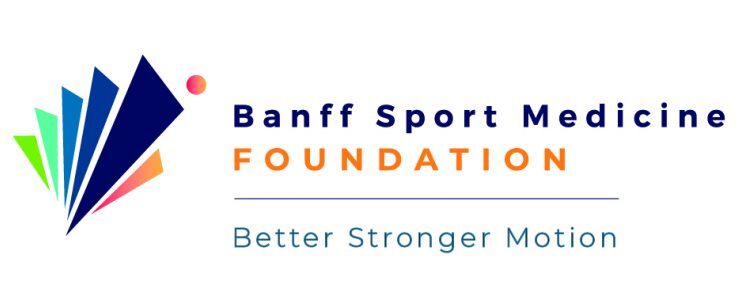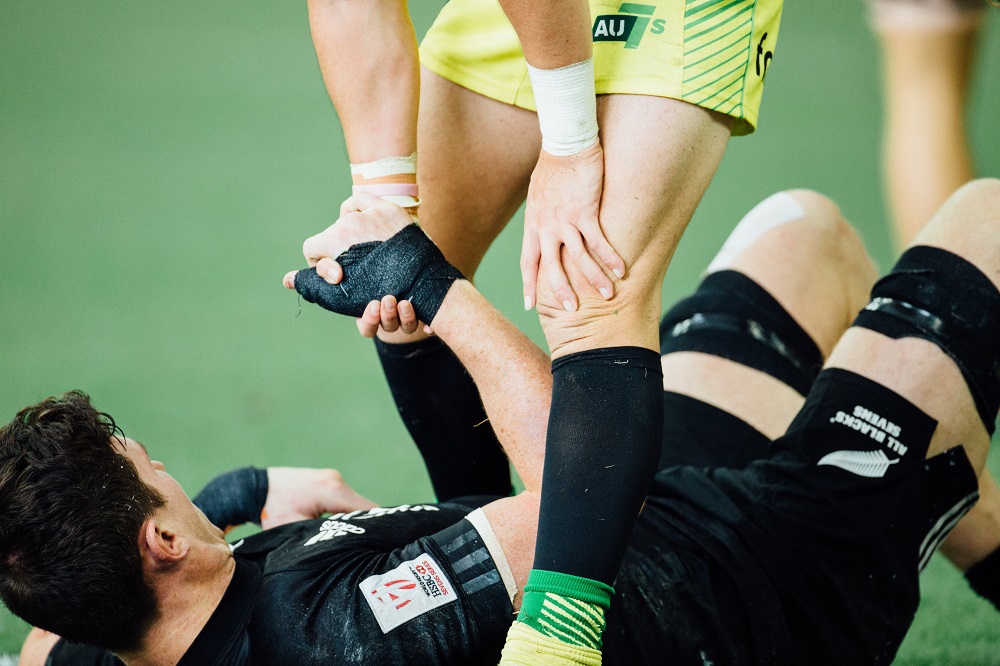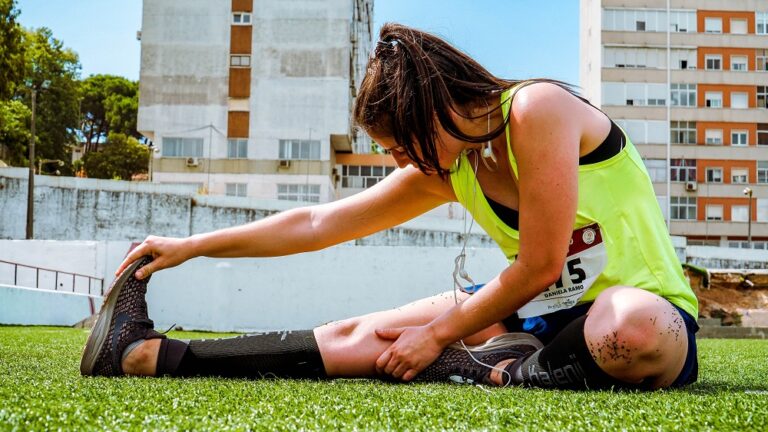Can we find better ways to treat a first-time kneecap dislocation?
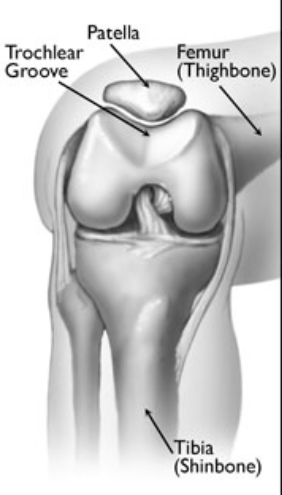
The kneecap (patella) normally moves up and down in a groove at the front of the knee joint, known as the trochlear groove. Several tendons and ligaments hold and support the kneecap in place. When the patella dislocates, it pops or slides out of this groove, usually to the outside of the knee (laterally).
A patella dislocation can be caused by a traumatic force to the knee, such as being tackled during a game, quick changes in direction with your leg planted firmly on the ground, such as during pivoting sports like basketball or soccer, or from a fall.
A dislocated patella often causes intense pain and swelling and makes it extremely difficult to straighten your knee or walk.
How are first-time kneecap dislocations managed?
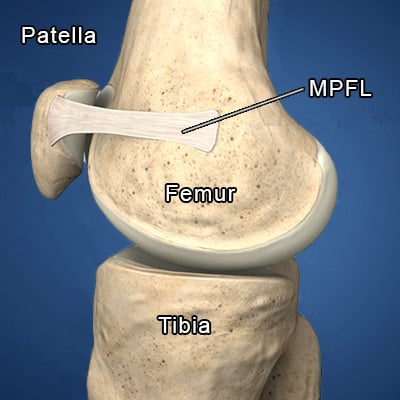
When you dislocate your patella, your medial patellofemoral ligament (MPFL) often becomes injured. The MPFL is the main ligament that holds the patella in place.
In most cases, when the patella dislocates for the first time, the MPFL is damaged, and the ligament becomes looser and longer even after it heals. This increases the chance of the patella dislocating again.
— Learn more about the MPFL here —
Repeated dislocations can lead to long-term knee instability, damage to the articular cartilage (the smooth white tissue that covers the bony surfaces of joints), and a greater risk of developing knee osteoarthritis.
Two main approaches for treating first-time patella dislocation are non-surgical and surgical. The non-surgical approach uses a knee brace to restrict motion for the first few weeks, followed by physiotherapy and exercises to strengthen the muscles around the knee. While this treatment allows the MPFL to heal, it does not seem to reduce the risk of re-dislocation. This is important because it is very common for people to have repeated dislocations after the first one.
Research on surgery to repair or reconstruct the MPFL has been compared to non-surgical management, and the results showed a decreased re-dislocation rate and less knee pain compared to no surgery.
Ligament Repair – repairs the ligament in place to promote healing. This is a less invasive surgery with a faster recovery time.
Ligament Reconstruction – replaces the damaged ligament completely using a donor graft tendon (either from the patient or a donor). This is a more invasive surgery, with a higher risk of complications and a longer recovery time.
Another surgical treatment uses a man-made (synthetic) device to repair or reconstruct the MPFL. When paired with an MPFL repair, using a synthetic device has the potential to reduce the risk of complications. using a minimally invasive approach to surgery.
Most synthetic devices used to repair ligaments can either help heal the underlying ligament or add mechanical strength. A new device, the BioBrace® implant, is designed to help heal and strengthen injured ligaments.
— Learn more about the BioBrace® here —
The BioBrace® Study
This research study will assess the BioBrace® in patients with a first-time patella dislocation.
The BioBrace® implant will be surgically placed to reinforce the damaged MPFL with the goal to decrease the re-dislocation rate.
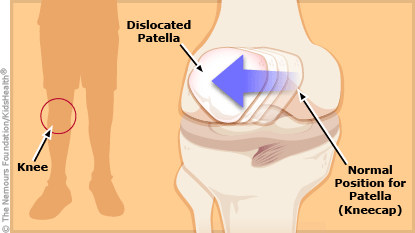
Who is eligible for this study?
If you are between the ages of 13-30 years old and have had a first-time patella dislocation within the last 7 days, you may be a candidate for this study.
What is involved in participating in this research?
If you choose to take part in this study, you will undergo:
- Routine tests and procedures for a dislocated patella, including physical examinations
- Imaging such as knee x-rays, ultrasound, and magnetic resonance imaging (MRI)
- Strength and functional testing (hop and jump tests) starting at 6 months after surgery
- Regular clinical visits for 2 years after surgery to measure your progress and ensure you are recovering well.
What are the benefits of participating in this study?
If you agree to participate in this study, there may or may not be a direct medical benefit to you. Your condition may be improved during this study because of the surgery to stabilize your kneecap, but this research is not guaranteed to help you.
The information we get from this study may help surgeons and healthcare professionals learn whether this surgical method can improve outcomes and lower the chance of re-dislocation of the kneecap in patients who have had a first-time dislocation.
— Learn more about clinical research and why our physicians participate in studies —
